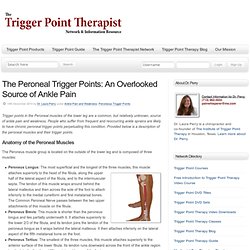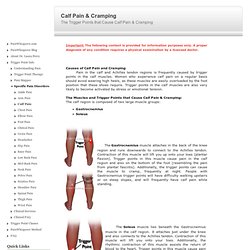

The MyoFree Solution. The patented MyoFree® Solution is a self-help system that effectively treats the muscles involved in temporomandibular joint , jaw, headache and atypical face pain using intra-oral trigger point release therapy.

The kit consists of the easy-to-use MyoFree® massage tool, a protective carry pouch, and a 20 minute DVD which teaches the easy-to-learn Inside-Outside™ technique by using 3D animation of the muscle groups. *Return Policy: Your MyoFree® tool is a personal device, and is not returnable. Since it is a personal tool, do not share it with anyone. We recommend you wash the MyoFree® tool with soap and water before and after every use. Dry it thoroughly before placing it in the storage case. Click on the video above to see what to expect when using the MyoFree Solution. How does the MyoFree Solution work?
MyoFree Solution Frequently Asked Questions (FAQ's) "I have suffered from TMJ for many years and when symptoms arise, the pain can be quite severe in my ears, jaw and neck areas. Mary F. Wrist Pain Trigger Points: A Self-Applied Treatment Routine. I would like to share a 5 minute Self-Applied Trigger Point Therapy routine that I use in my daily practice to prevent overuse pain complaints in my wrist and hands.

On long days at the practice, I like to perform this maintenance protocol at least once. I hope you will find it useful. Step 1: Release The Flexor Carpi Radialis Trigger Point The Flexor Carpi Radialis muscle functions to flex the hand and abduct the hand at the wrist. The trigger point in this muscle refers pain to the inside of the wrist (palm side). This trigger point is located along the mid-line of the anterior forearm, about 3-4 inches below the crease of the elbow.Using your thumb, apply pressure to the trigger point while actively extending the affected wrist.
Step 2: Release The Flexor Carpi Ulnaris Trigger Point. Peroneal Trigger Points: An Overlooked Source of Ankle Pain. Trigger points in the Peroneal muscles of the lower leg are a common, but relatively unknown, source of ankle pain and weakness.

People who suffer from frequent and reoccurring ankle sprains are likely to have chronic peroneal trigger points perpetuating this condition. Provided below is a description of the peroneal muscles and their trigger points. Anatomy of the Peroneal Muscles The Peroneus muscle group is located on the outside of the lower leg and is composed of three muscles: Peroneus Longus: The most superficial and the longest of the three muscles, this muscle attaches superiorly to the head of the fibula, along the upper half of the lateral aspect of the fibula, and to the intermuscular septa.
Trigger Points that cause Calf Pain and Calf Cramping: Dr. Laura Perry, painwhisperer.com. Causes of Calf Pain and Cramping Pain in the calf and Achilles tendon regions is frequently caused by trigger points in the calf muscles.

Women who experience calf pain on a regular basis should avoid wearing high heels, as these muscles are easily overloaded by the foot position that these shoes require. Trigger points in the calf muscles are also very likely to become activated by stress or emotional tension. The Muscles and Trigger Points that Cause Calf Pain & Cramping: The calf region is composed of two large muscle groups: Gastrocnemius Soleus. » foot chart - Trigger Point Technologies Australia. Based on the discoveries of Drs.

Janet Travell and David Simons in which they found the causal relationship between chronic pain and its source, myofascial trigger point therapy is used to relieve muscular pain and dysfunction through applied pressure to trigger points of referred pain and through stretching exercises. These points are defined as localized areas in which the muscle and connective tissue are highly sensitive to pain when compressed. Pressure on these points can send referred pain to other specific parts of the body. This trigger point chart shows specific areas that have been identified as trigger points and typical trigger point referral patterns (please see below for definition of trigger points). By strengthening, toning, and massaging these areas, flexibility and strength that has been lost can potentially be regained. Trigger Point Therapy can relieve muscular aches and pains in association with these areas.
Complements of Wikipedia, the free Encyclopedia.